Estimated reading time: 7 minutes
In spring when you’re doing your fruit thinning you may notice a lot of double fruits in your fruit trees. It seems to be more common in some seasons than others.
It’s also sometimes called twin fruit, or conjoined fruit. We often find them in our fruit harvests and eat them just like any other fruit. There’s nothing wrong with double fruit, they just look funny!
Once you’re looking you may find that it’s quite common to see double fruit (like the cherries at the top of the blog). As you can see in this example, very often both of the fruits that are joined together are perfectly usable.
The next photo is an unusual example where the stem itself has split (but again, the fruit is absolutely fine). Doubles—or conjoined fruit—are not an uncommon occurrence, particularly in stone fruit.
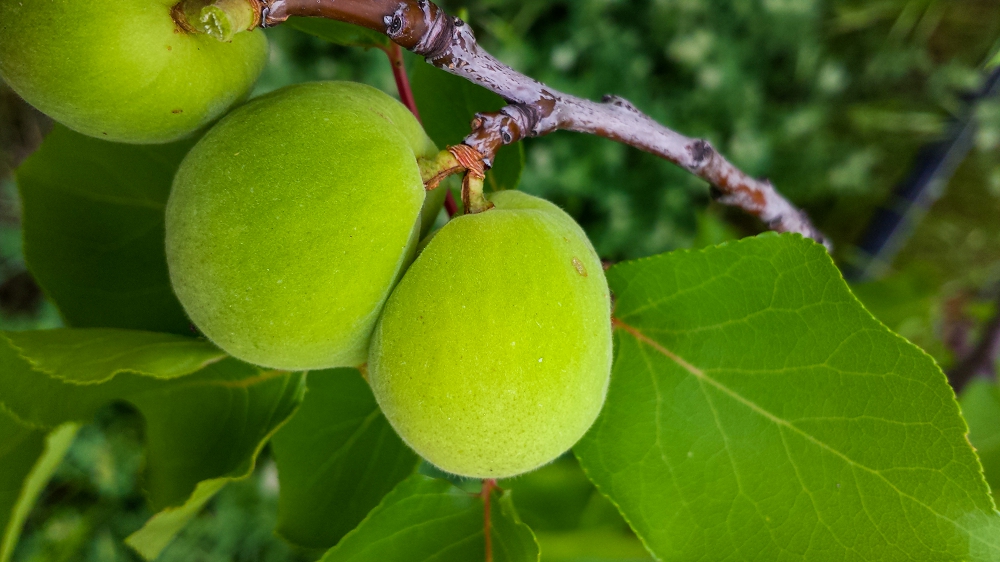
Is double fruit a problem?
Some varieties like Angelina plums and other European-type plums seem particularly prone to this.
They are often a good demonstration of the case where one piece of fruit dominates the other and ends up much larger.
This situation doesn’t always have a good outcome.
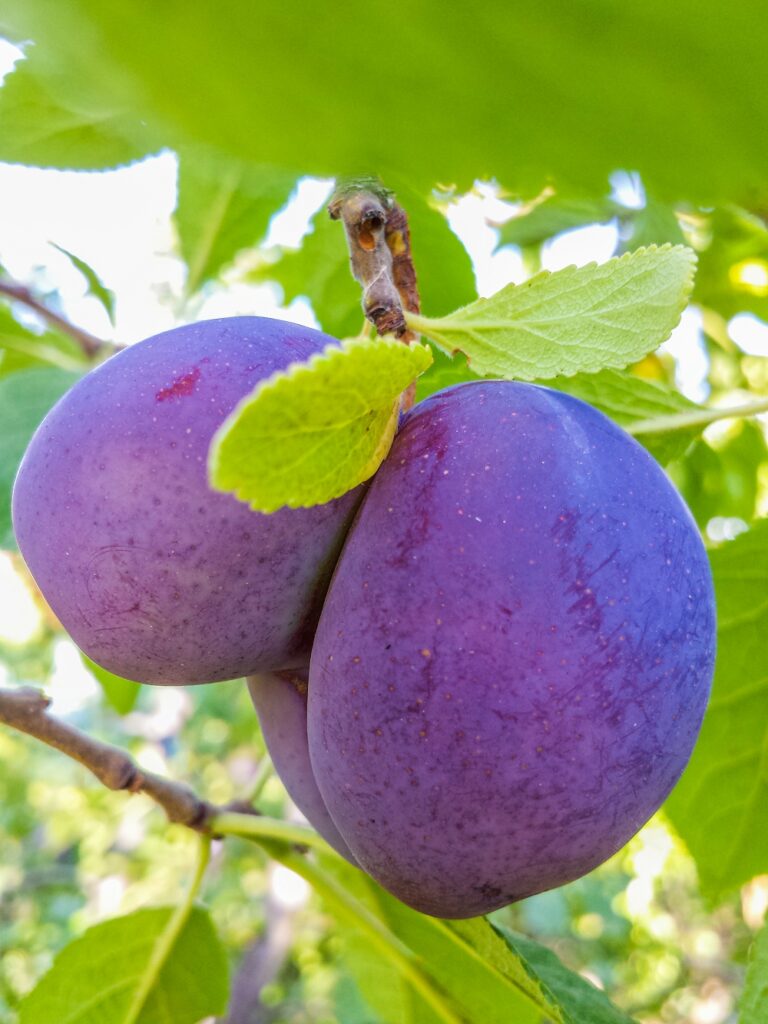
In some cases, one of the pieces of fruit ends up so small as to really be un-usable.
You can see that in the example below. Or, the skin is torn when separating the two fruits, which of course downgrades the quality of the fruit.
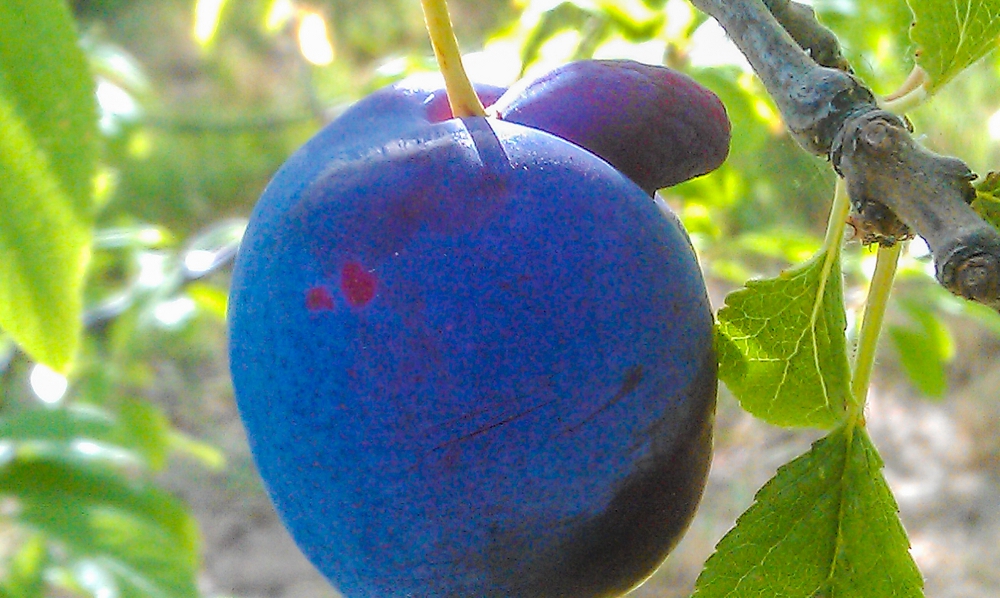
Sometimes the extra piece of fruit is so small as to be insignificant. In this case it can usually be safely removed without damaging the main fruit.
But they’re also often cute, funny, or downright rude, so why would you?
What causes double fruit and is it avoidable?
Whether a fruit will be doubled or not is determined the summer before, when the fruit buds are developing.
If the young buds go through heat or water stress during the summer months, this increases the development of doubled fruit.
There’s not much you can do about heat waves, particularly with climate change affecting our environment so quickly. But you can make sure your trees get enough water (especially during a heat wave) to minimise the stress on the tree. In fact, setting up a watering system that’s easy to run is one of the 5 key steps to fruit growing.
Other causes of double fruit
Irregular or inadequate watering can also be one of the causes of fruit splitting, which is another whole story but can look like this.
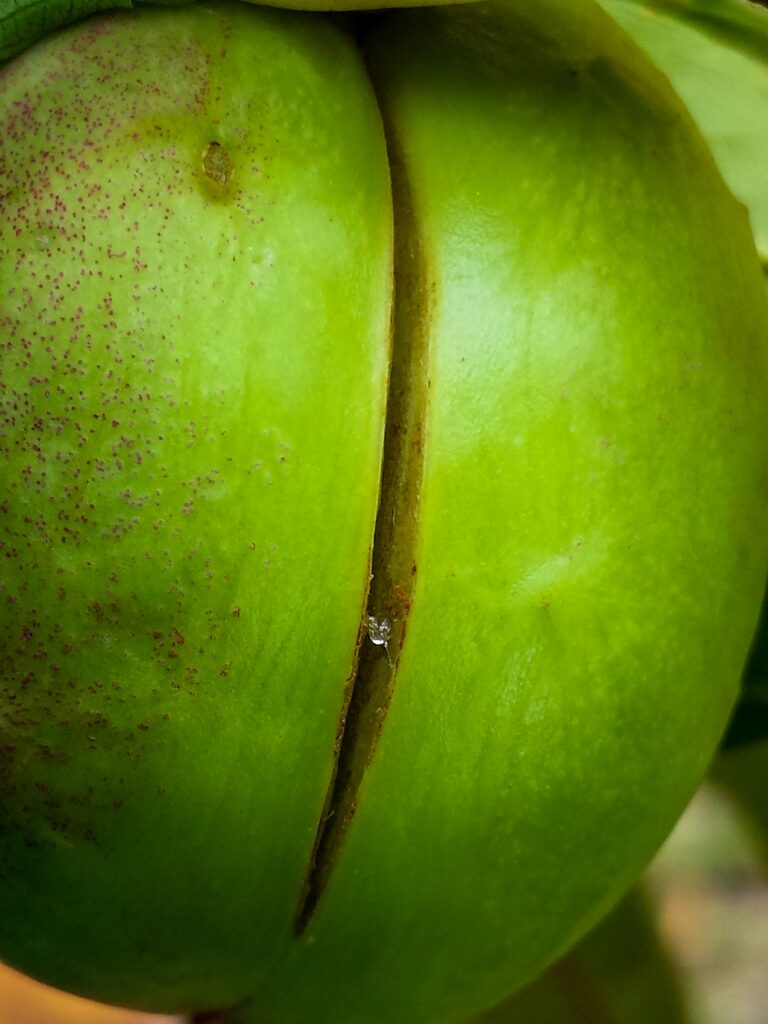
In a home garden, it’s not terribly important whether you have double fruit or not because it’s usually still usable. But it can be a bit ugly, and now you know how to avoid it!
Related Articles
Know the parts of your fruit tree before you start pruning
Learning the different names for the parts of your fruit tree before you start pruning will help you to understand what you’re doing.
How to remove fruit tree suckers…the right way
Fruit tree suckers should be removed every year or they cause problems, but it’s important to do it the right way.
How to repair broken fruit trees
Breaks in your fruit tree can often be repaired, as long as you follow a few simple guidelines and provide good follow-up care.
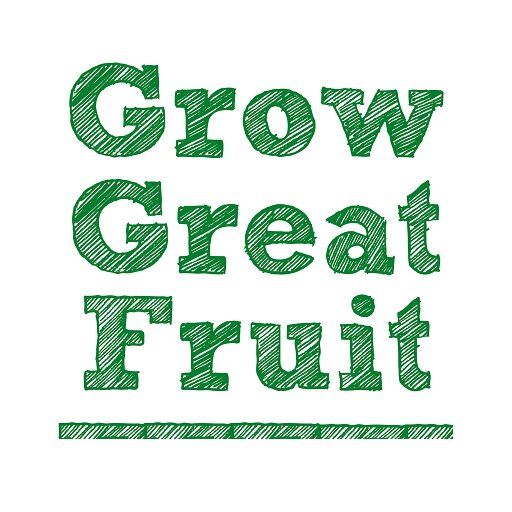
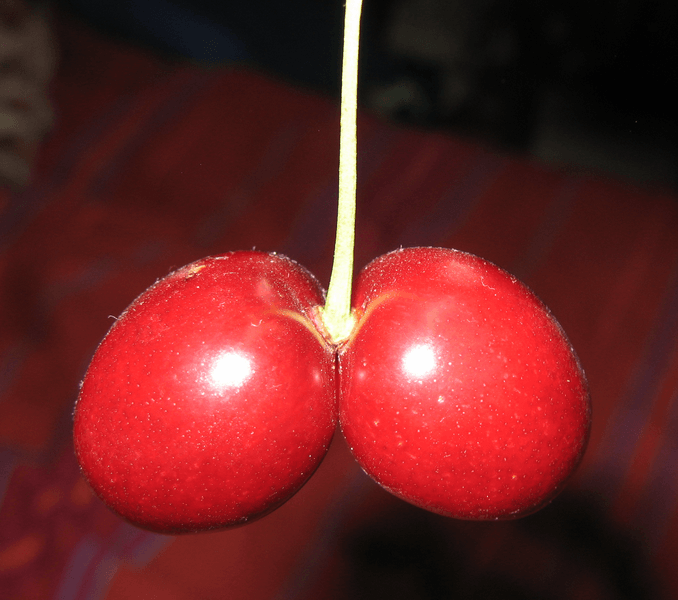
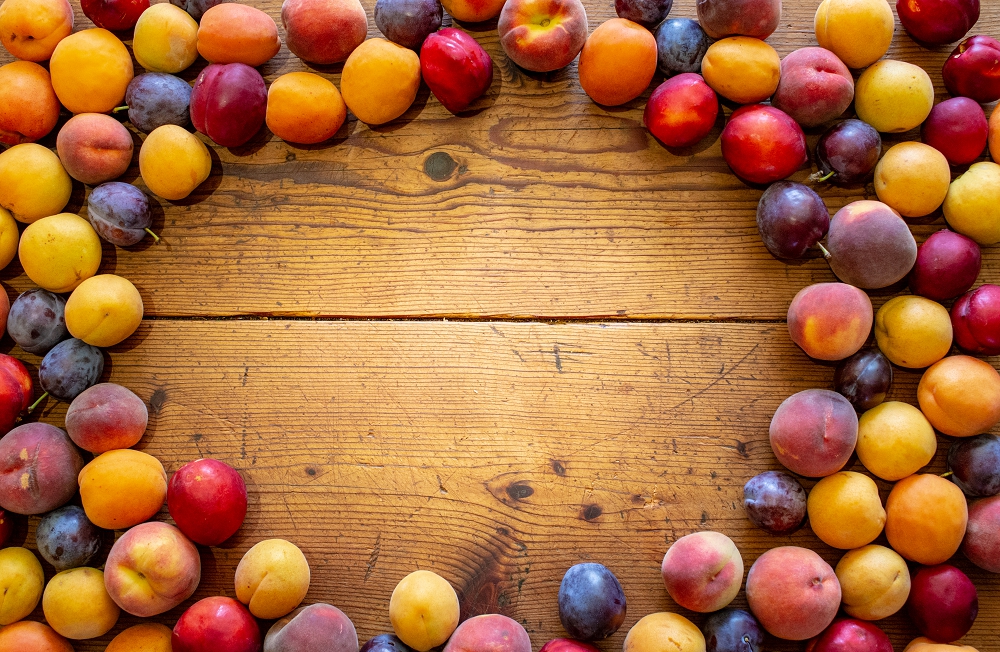

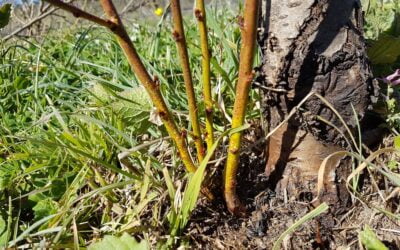
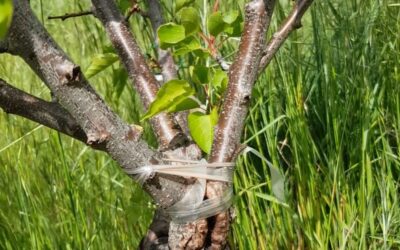
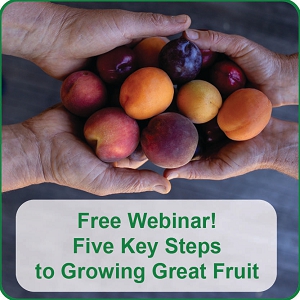
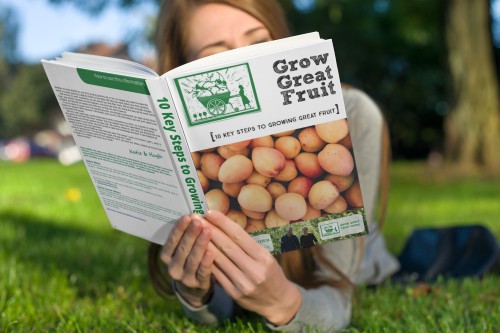
Hi Katie
Found /read your article on fruit doubles. My nectarine tree nearest to the flame and heat in the fires we had , have lots of double fruit on them. Suspect the heat upset the tree?!
Also has a nasty case of thrips! Fruit damaged at skin!
Ho hum. 🤪 Challenges !!!!
Hey Elle, interesting to hear that, yes there’s a good chance the fire stress has resulted in more doubles than usual. You’ll have to be super-careful with your thinning to try to reduce as many as possible back to singles. Yet another impact of a fire!
Hi Katie,
Is there any artificial way such as by using chemicals or any other methods to produce double fruits and flat fruits. Elaeocarpus ganitrus (Rudraksha) having such shape has highly demand in my country so if you have some idea to produce such shape fruits plz suggest me
Hi Bhuwani, how interesting! The main thing that causes this to happen in deciduous fruits is water stress or heat stress, however Rudraksha is a different genus so we don’t have any experience with whether the same factors would cause the double-fruit. You could do an experiment with controlled water stress when the new season’s buds are forming, might be worth a try. Good luck.
Thank you so much Katie for your great suggestion.
I love to try exotic fruit too. I usually get a big batch of it online to make it worth my while, but some items are so expensive.
I tried something called a wood (or elephant) apple, ages ago. It’s hard to crack open the shell. Inside, the pulp is tangy and sweet.
Another thing I want to try is that rare custard apple that supposedly tastes like lemon sherbet.
Lemon sherbet? How exciting!